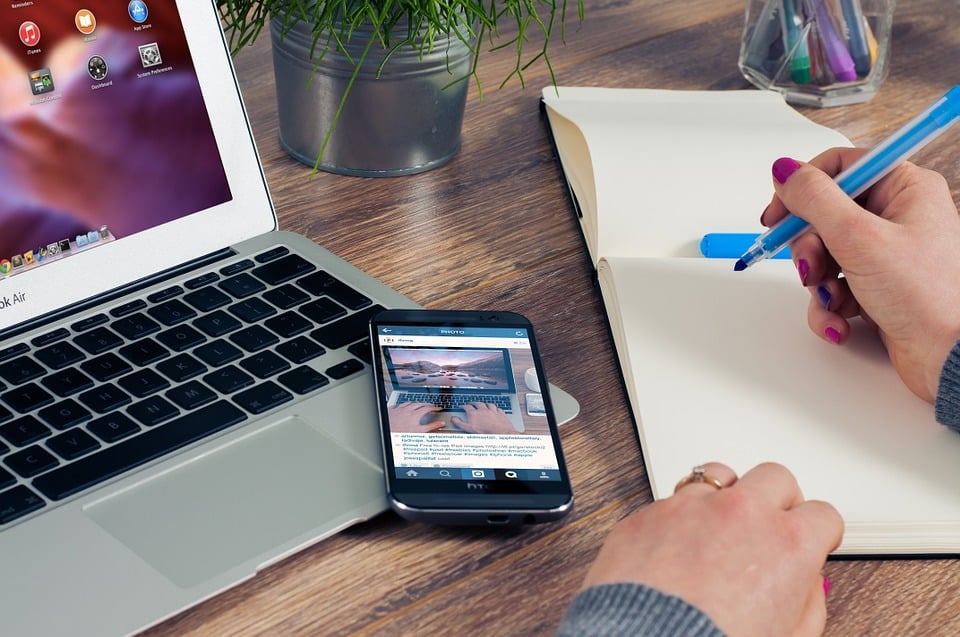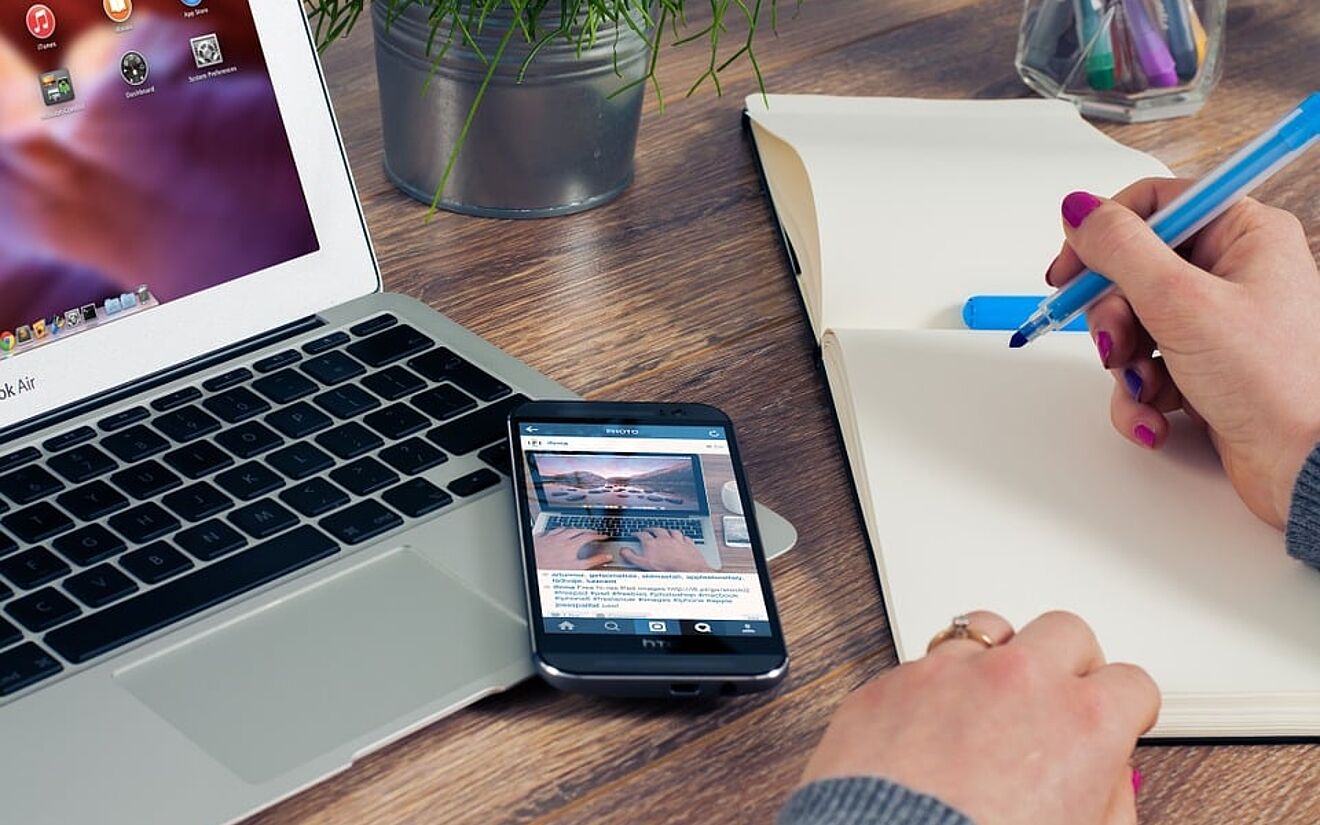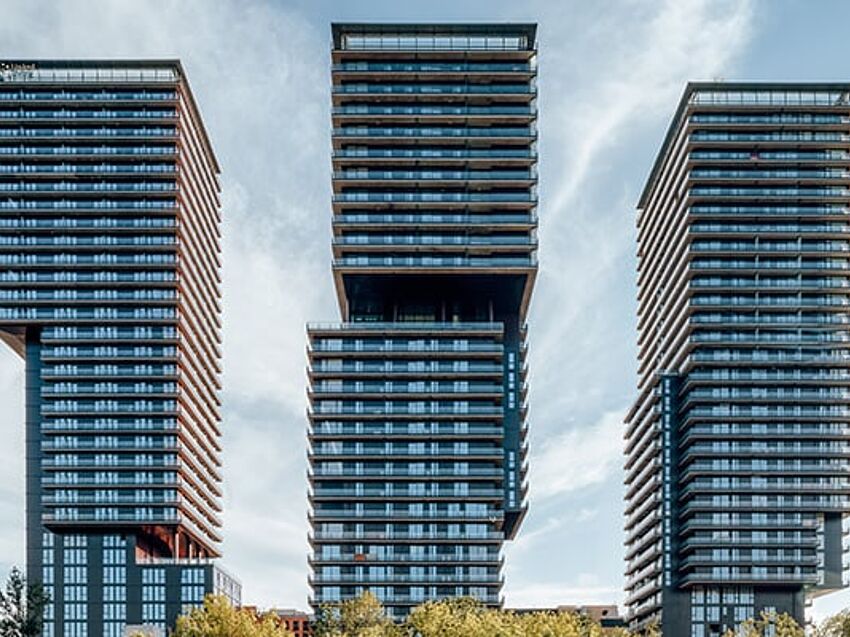Small and medium sized architectural firms are very popular. They are regarded as flexible, unbureaucratic, creative and fast. Flat hierarchies, short service routes, and everyone knows each other. However, even in companies with a familiar work atmosphere there are a lot of challenges to address since all the work must be distributed amongst a few individuals. Efficient working is all the more important. In this post we present to you helpful tips which raise your productivity.

Responsibility diagram and prioritization of work
Responsibilities and duties should be clearly defined for you as an employee for a lack of clarity in the work distribution leads to inefficiency. A lot of time is spent on finding out who is responsible for which task instead of actually doing this. A responsibility diagram that is accessible for each of your colleagues helps to pin down responsibilities in detail.
Also prioritizing activities is essential for greater efficiency. Assign the following points to the work in your to-do list: Important, unimportant and urgent. Tasks with priority are those which combine relevance and urgency. Just as important as the to-do list is to create a not-to-do list. Regardless of whether it’s organization of the Christmas party or voluntary kitchen service: eliminate all tasks which cost time and energy but are not directly related to your professional field.
The right way to deal with e-mails
Scientific studies show that an employee works most productively in the morning between 9am and 12pm. Often employees use this period for reading and responding to e-mails, whilst they could be making better use of their energy to solve complex tasks. Deal with your incoming mail after lunch, after consultation with your manager. Turn off your notifications and check your e-mails instead three to four times a day at fixed times. This way you can focus on a task without being constantly interrupted. Plus: the more complex the situation, the more information channels have to be used. E-mails are suitable for simple facts but for matters which require further explanation use the phone to save time.
Eliminate disruptive factors
A ringing phone, colleague interrupting with constant questions and the noise level making concentrated working difficult? These disruptive factors can be eliminated. Similar to dealing with a full inbox you can for example introduce set phone times at which you can be contacted and switch on the answering machine for the rest of the time. Also clarify if it is possible to do certain tasks in empty meeting rooms or in a home office so that you are not disturbed by office noise and demands from colleagues.
Monotasking instead of multitasking
The rule is as follows: one thing at a time. Devote your full attention to a single activity. By doing so, not only do you reduce the processing time, you complete a task correctly and properly since you are working in a more focused manner. As well as your productivity your satisfaction also increases and you create clarity in your mind by setting it aside mentally.
Radical tidy-up
A tidy desk sounds obvious but a quick look in offices often presents a different picture. Heaps of paper, reference books and memos piled on the work station mean chaos - also in your own head. A well-organized desk, on the other hand, reduces search times and sensory overload, promoting efficiency. Here, the conclusion principle in particular is tried and tested: once a project has been completed ensure order by clearing away all the documents you no longer require. This way you also visually tick off a task.
A question of attitude
Efficient work is above all a question of attitude and calls for a high degree of self-responsibility. This applies in particular to a work environment in small and expanding architect's offices since many tasks are distributed amongst a few employees and the work atmosphere is more informal. Applied rigorously, the above tips can help you to organize your work routine with less stress and more successfully.




